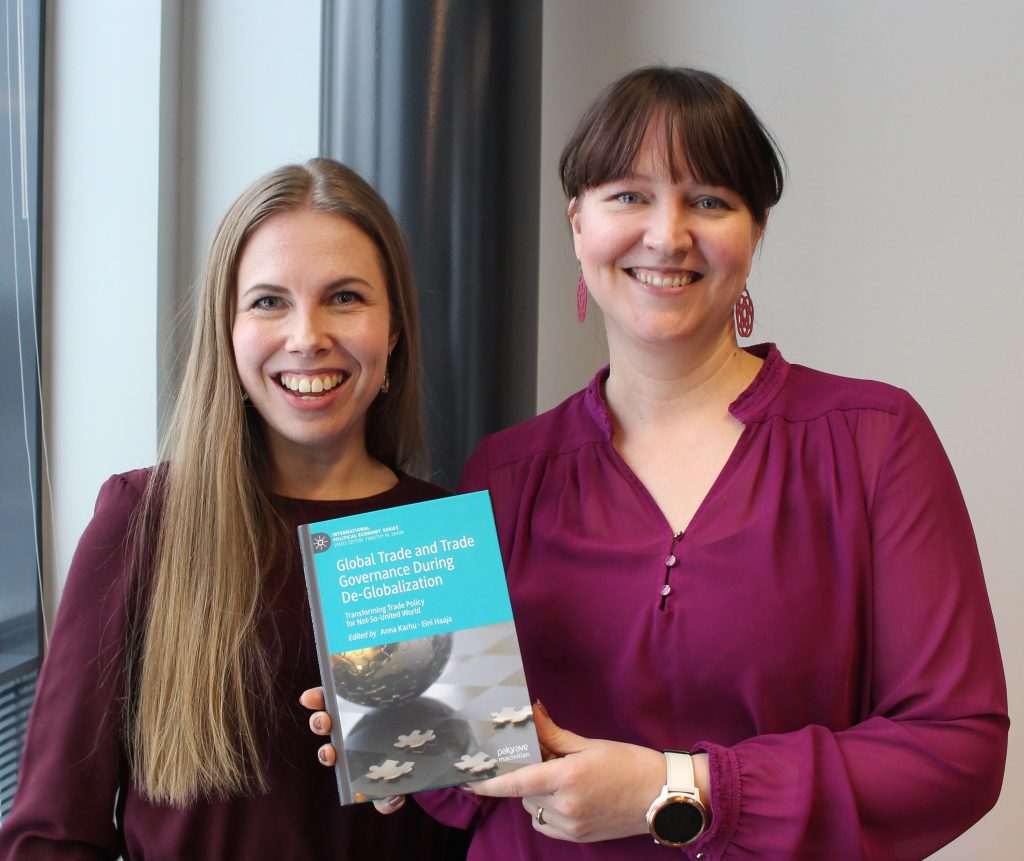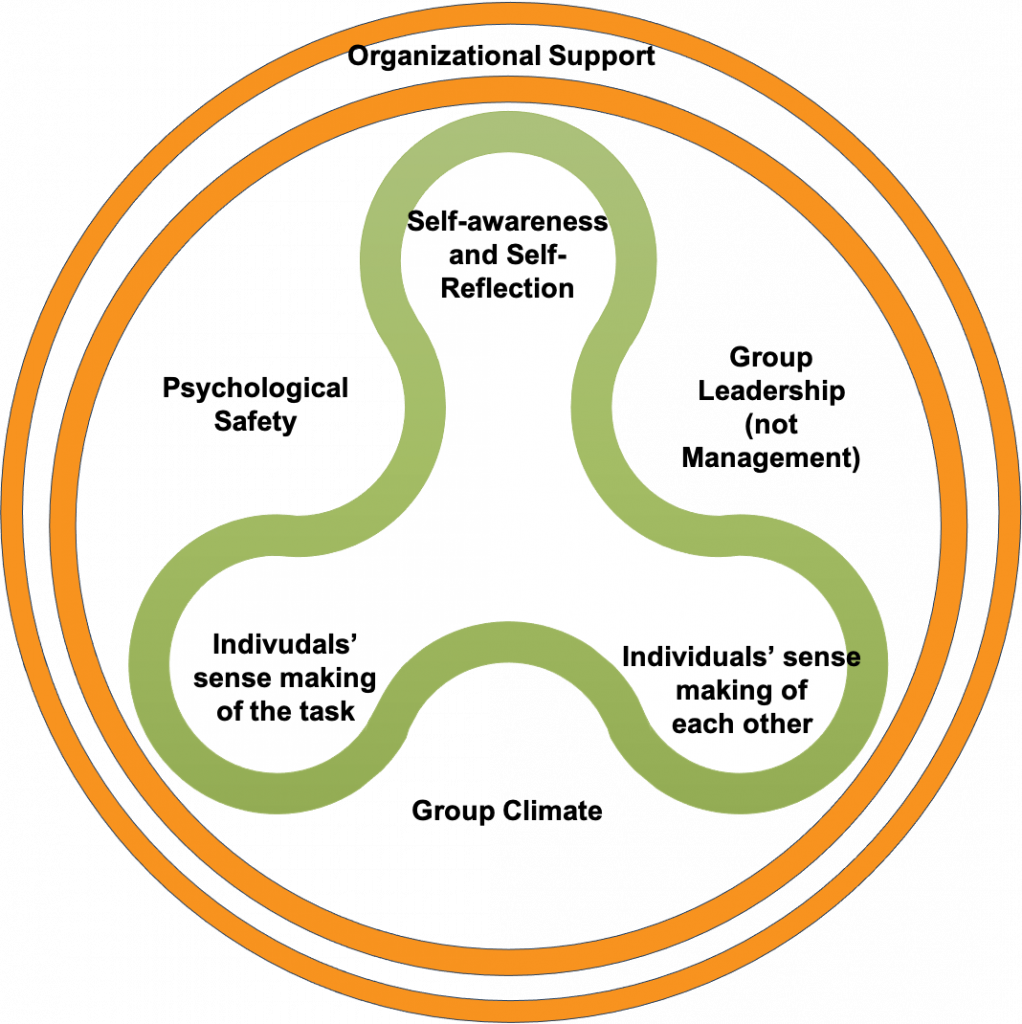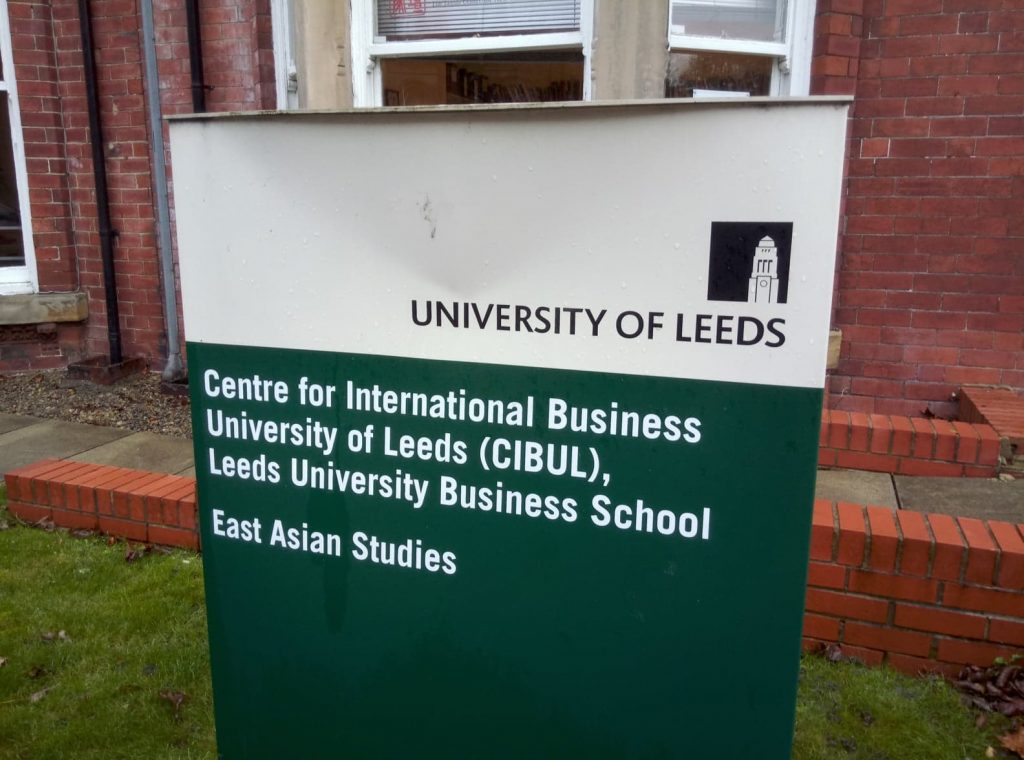Maapallon kantokyvyn ja resurssien jatkuvasti huvetessa on lineaarinen talousmalli tulossa tiensä päähän. Kiertotalous, jossa materiaalit saadaan pidettyä huomattavasti pidempään kierrossa ja jätteen määrä vähäisempänä, on tarjoamassa kestävän vaihtoehdon perinteiselle lineaariselle taloudelle ja mahdollistamassa samalla taloudellisen kasvun ja luonnonvarojen liikakäytön irtikytkennän. Kiertotalous on kasvanut viime vuosina etenkin EU-alueella ja kasvupotentiaalia on merkittävästi vielä edessä, kun globaali talous siirtyy vähitellen lineaarisesta mallista kiertoon.
Suomen ollessa pieni valtio ja markkina on kasvun avaimet löydettävä kansainvälisiltä markkinoilta. Suomi on perinteisesti ollut teknologisesti edistyksellinen maa, jossa uusia innovaatioita syntyy vilkasta tahtia. Kuitenkin tilastojen valossa Suomen kiertotalousluvut jäävät alle EU:n keskitason. Tilastojen taakse katsoessa pystyy tästä huolimatta näkemään myös suuren määrän potentiaalia suomalaisen kiertotalouskentän kansainväliselle menestykselle. Tutkielmani tarkoituksena ja tavoitteena oli ymmärtää kansainvälistyvien suomalaisten kiertotalousyritysten mahdollisuudet ja haasteet sekä tuoda näiden pohjalta suosituksia onnistuneelle kansainvälistymiselle nimenomaan suomalaisten yhtiöiden näkökulmasta.

Kiertotalouteen liittyvä kirjallisuus on keskittynyt pitkälti kiertotalouden erilaisiin liiketoimintamalleihin sekä kiertotalousekosysteemeihin. Kiertotalousekosysteemien rooli ja merkitys nousee erityisen tärkeäksi, kun asiaa tarkastellaan kansainvälistyvän yrityksen näkökulmasta. Onnistuneessa kansainvälistymisessä korostuu verkostojen hyödyntäminen sekä institutionaalisen ympäristön merkitys. Nämä molemmat muuttujat korostuvat myös erityisen paljon kiertotalousekosysteemien toimivuudessa. Tutkielmani pyrkikin löytämään suomalaisille kiertotalousyrityksille tapoja hyödyntää kiertotalousekosysteemejä kansainvälistä kasvua tavoitellessa.
Tutkimuksen empiiriset löydökset kerättiin haastattelemalla suomalaisia kiertotalousyhtiöitä, jotka edustivat kukin tiettyä kiertotalouden liiketoimintamallia. Haastatteluita tehtiin sen verran, että kaikki kiertotalouden eri liiketoimintamallit olivat edustettuina, jotta saatiin kattava kuva suomalaisesta kiertotalouskentästä kokonaisuutena. Haastattelut toteutettiin teemahaastatteluina, joissa teemat muodostuivat tutkimuskysymysten ja teoreettisen viitekehyksen mukaan.
Tutkimuksen empiiriset tulokset vahvistivat useita kirjallisuudesta nousseita havaintoja, kuten ekosysteemin kokonaisvaltaisen merkityksen kansainvälistymisessä, sekä erityisesti kumppaneiden ja rahoituksen tärkeyden uusille markkinoille mentäessä. Rahoituksen merkitys oli kuitenkin tutkimuksen empiriassa huomattavasti enemmän korostunut, kun kirjallisuudessa, kuten oli myös vaihtelevuus kumppaneiden onnistuneessa hyödyntämisessä. Haastatteluissa korostui myös kirjallisuutta enemmän kotimaisen kiertotalousekosysteemin merkitys; Suomen liiketoimintaympäristö vaikuttaa olennaisesti siihen, millaiset kansainvälisen kasvun eväät suomalaisten yritysten on mahdollista saada.
Koska kiertotalouden liiketoimintamallit eroavat toisistaan, on vaikeaa luoda johtopäätöksiä, jotka sopisivat niihin kaikkiin täydellisesti. Tulevien tutkimusten tulisikin entistä enemmän keskittyä spesifisti tiettyjen kiertotalouden liiketoimintamallien kansainvälistymiseen, jotta vielä tarkempia johtopäätöksiä voitaisiin tehdä. Lisäksi, vaikka tämä tutkimus keskittyi ekosysteemien hyödyntämiseen kiertotalousyritysten kansainvälistymisessä, tulevat tutkimukset voisivat keskittyä enemmän itse kiertotalousekosysteemien kansainvälisen menestymisen mahdollistamiseen. Kun ymmärrämme kattavammin erilaisia kiertotalousekosysteemeitä, on kiertotalousyrityksillä myös paremmat edellytykset hyödyntää niiden koko potentiaali omassa kansainvälistymisessään. Lopuksi, jos suomalainen kiertotalous haluaa saavuttaa kokonaisvaltaisesti menestystä kansainvälisellä tasolla, tarvitsemme laajemman kuvan koko kiertotaloudesta Suomessa: Miten jokainen eri yhteiskunnan toimija voisi edistää kotimaisen kiertotalouden kasvua?
Teemu Maste







Recent Comments